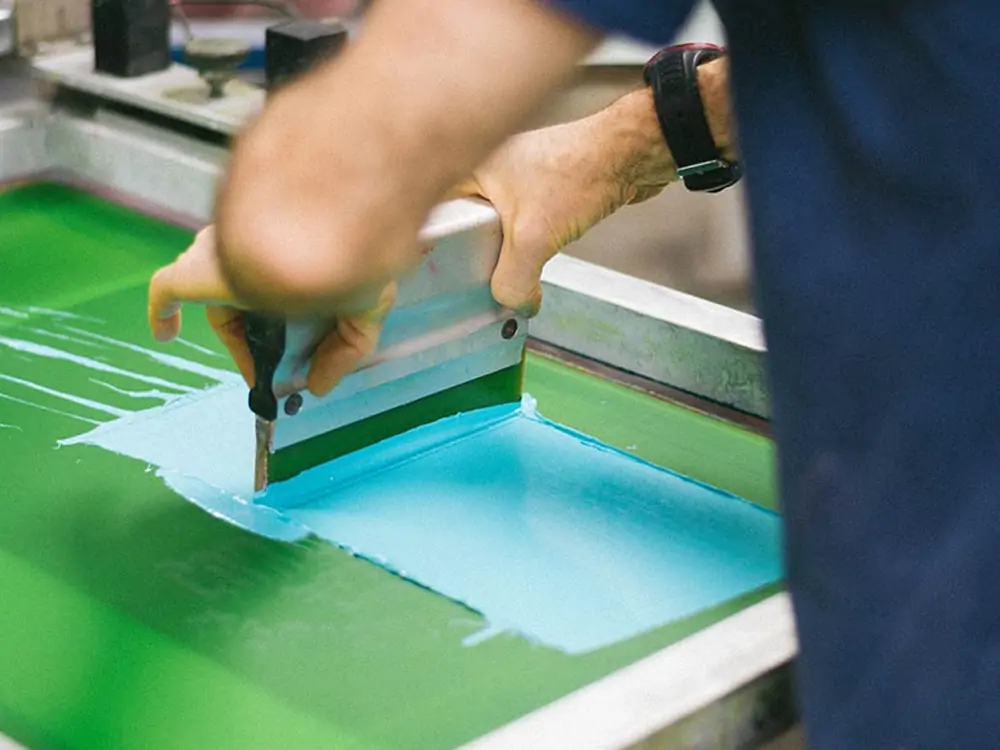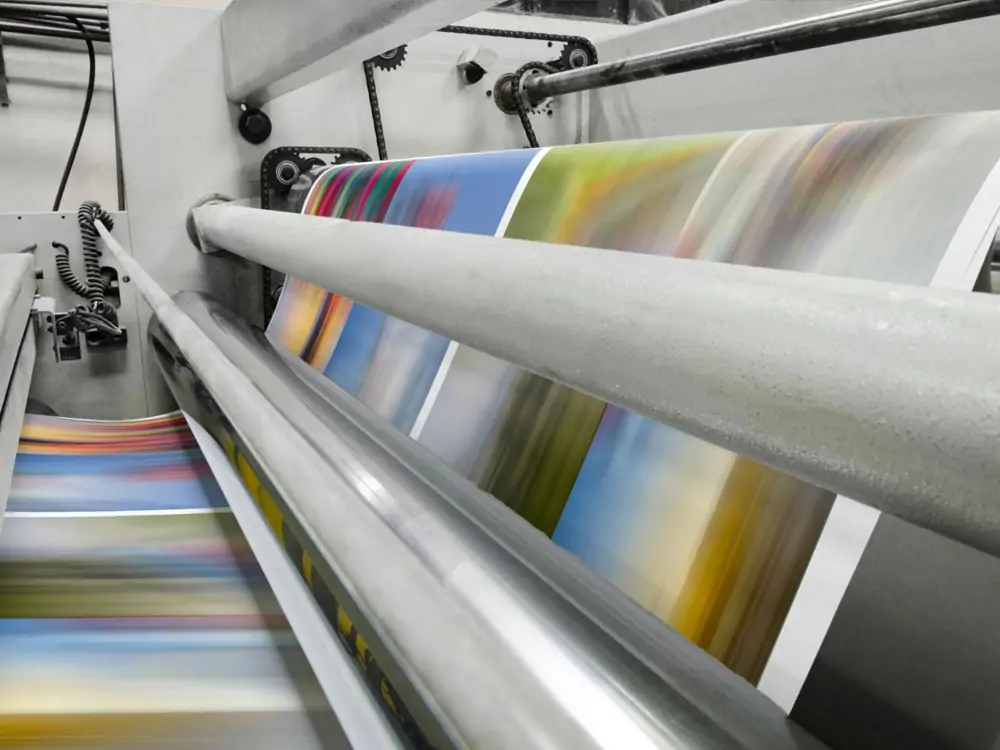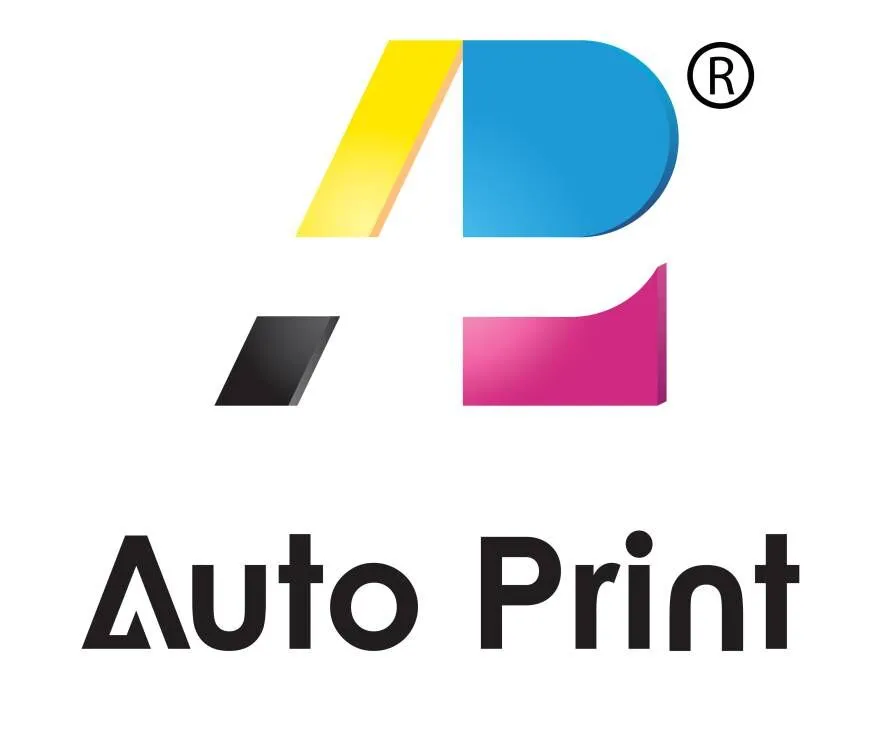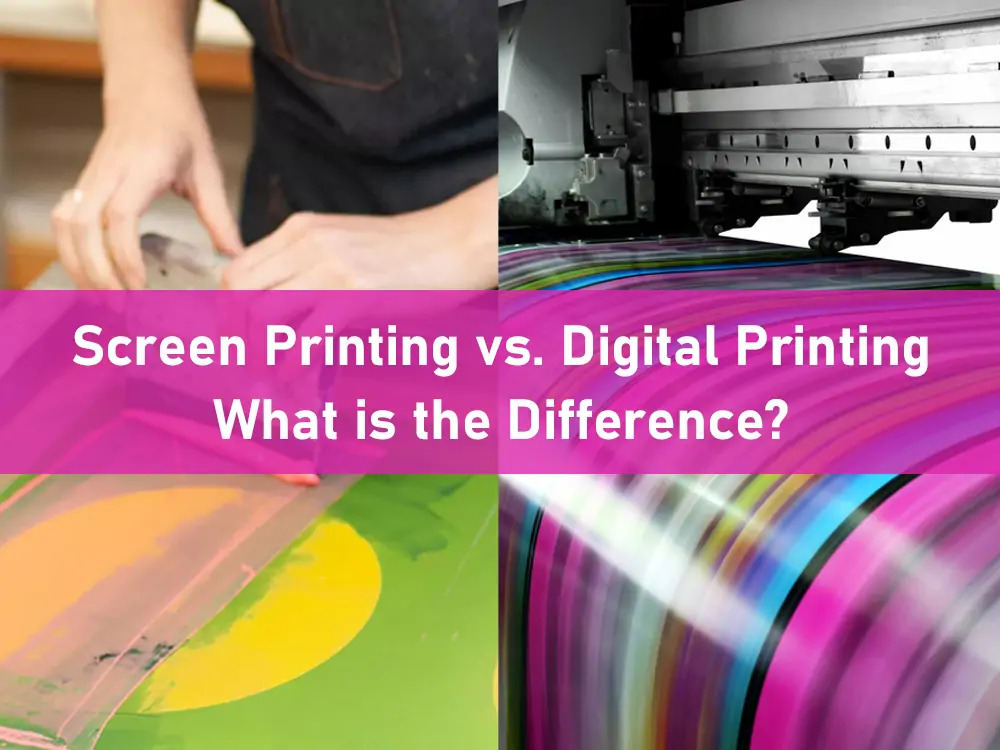Screen and digital printing are two famous types of printing. Both have their pros and cons. Some people prefer using screen printing, whereas others love to have digital printings on appraisal. But what is the difference between them?
Screen printing offers durability and a more vibrant, retro look. It can print on different surfaces, even curved ones such as mugs, jugs, etc. On the flipside, digital printing offers more detailing and ideal color blending. Above all, it is cheaper than the screen printing method.
Screen vs. digital printing is a hot debate. However, I will give you clear, honest insight based on logic. You’ll know when to use what type. So, let’s get started!
Working Mechanism of Printing & Digital Printing
Knowing how these printing methods work will help you comprehend their differences. Screen printing (silk screening) uses stencils (screen) to print designs on clothes or apparel. It utilizes the efforts of humans more than machines or technology.
The meshed screen, coated with emulsion and the desired design, is readied for printing onto clothes. First, the laborers prepare the screen. Once the screen is ready, the workers put ink on it and spread the ink with a squeegee (rubberized blade).
The ink passes through the designs and prints on the cloth. This method involves maximum human effort. On the other hand, human efforts are minimal in digital printing, which uses the computer to do most of the work.
The design is created with a computer and then sent to the printer (inkjet type). The printer sprays the ink on the paper and prints the design. Digital printing is a relatively simple and inexpensive method.

Critical Differences Between Screen & Digital Printing
Now that you have a brief understanding of how these two printing types work, it will be easier to understand their differences. I will explain their differences and what suits them in the section below. So, let’s begin!
| Screen Printing | Digital Printing |
| Classic method and has been used for centuries | Modern/Newer method, introduced in the 1990s |
| Involve maximum human efforts in making screens | Does not require human efforts and works based on computer |
| Require initial setup cost and can be time-consuming | Does not require initial setup cost and offers results quickly |
| Limited colors and does not offer flexibility in customization | It provides better color ranges and also allows flexibility in customization |
| Better vibrancy and color matching, but offer compromised color blending | Compromised vibrancy and color matching, however, better color blending |
| Helpful for printing fancy designs as it offers different effects | It is not ideal for printing fancy designs; however, it offers better detailing |
| It provides more durable and long-lasting printing that can go for years | Durability is very compromised, and its prints last for only 10 to 15 washes |
1- Setup Cost
Screen printing is usually more costly than digital printing. The reason is that screen printing requires a complete setup. For example, you’ll need a frame, screen, photo emulsion, squeeze, and ink to print.
You’ll have to create a screen that takes time and money to print one color or design. If you want to change the color or anything in the design, you must make a new screen from the start. It makes it hard, and you’ll have to arrange setup before every print on the shirt/apparel.
On the other hand, digital printing does not require a screen or such setups. All you do is make a design via computer and send it to the printer—that’s it. The printer prints the design on the cloth, keeping the cost low, so digital printing is a cheaper option.
2- Requirement of Order
Screen printing requires a minimum order. For example, having bulk orders, i.e., printing designs on bulk t-shirts, is more effective for companies. The reason is that the initial setup cost is high. If you have a few shirts for printing, the price will be too high per print.
Once the screen is ready (after setup), you can print on as many shirts as you need. However, the initial setup cost set a minimum order requirement. Shop owners won’t use this method to print a design of 10 to 20 t-shirts.
On the other hand, digital printing does not have a minimum order requirement. You can print as many shirts as you want, and you can even print one individual shirt without any issue. However, screen printing would be suitable if you are a company requiring one design to be printed on many shirts.
3- Durability & Versatility
The screen printing offers better durability and versatility. The reason is that it uses thicker ink, which, on curing, sticks firmly to the cloth. Whether you wash or use the shirt in harsh conditions like rain or hot summer days, the design printed through screen printing won’t fade away.
On the other hand, digital printing is compromised in terms of durability. If printed digitally, the color and design will fade away in approximately 10 to 15 washes. Moreover, screen printing can be printed on anything like cloth, paper, glasses, and mugs. There are no limitations.
4- Flexibility & Control
Digital printing offers more customization flexibility, especially when printing different designs on any t-shirt or apparel. If you don’t like a design, you can stop using it and design a new one. There won’t be any loss if you don’t want a design after seeing it on cloth. You can readjust and reprint it.
On the other hand, screen printing does not allow flexibility control. Once the screen is created, you won’t be able to readjust it. You will have to use it. If you stop using it, it will charge you the cost of repeatedly setting up the whole setup (screens) to try new designs. So, digital printing is better as it offers more control.
5- Speed & Performance
In terms of speed, digital printing results in a quick turnaround. All you have to do is make a design and give it to the printer, and that’s it. You’ll get as many prints as you want in just no time. It is based on computers and technology and works super fast.
In the case of screen printing, human efforts are involved, making the process slower. Making a screen for each design is a time-consuming process. However, once the screens are made, screen printing can also offer quick printing.
If you want to get the job done quickly, digital printing should be your choice. It is super fast and offers optimal performance. However, you’ll have to compromise on the durability of prints. Screen printing is relatively slower but offers ideal performance and durability.
6- Color Blending & Matching
Digital printing offers better color blending as compared to screen printing. It utilizes the dots of CMYK (Cyan, Magenta, Yellow, Black). Therefore, it makes the gradient look smooth and pleasing to the eyes.
Screen printing fails because some humans mix screens of different colors to blend and make mistakes. On the other hand, screen printing offers ideal color matching compared to digital printing.
The Pantone color matching system uses exact color codes to match the colors. The workers can duplicate any color with ease. Digital printing could be better for color matching; however, it performs better in color blending.
7-Vibrancy & Consistency
Screen printing produces better vibrancy. It usually uses plastisol ink, which is very opaque and ensures the background design looks vibrant. However, this ink is not eco-friendly, as it consists of PVC particles.
Digital printing is below par when it comes to vibrancy. Thinner, water-based ink is used for this printing type, and the colors are not very prominent. However, digital printing is usually more eco-friendly than screen printing because it uses ink without PVC particles.
In terms of consistency, the digital offer has the upper hand. It uses thinner ink, a better color management system, and automated control. However, you don’t get ideal consistency, as humans’ manual work can sometimes be erratic.
8- Special Effects
Special effects include sharp designs, colors, glow, vibrancy, textures, and overall aesthetics. Screen printing offers better effects due to the involvement of human efforts in choosing the ink with a special additive. You’ll get as many special effects as possible with conventional screen printing.
Digital printing is more consistent but less effective when printing the design with better special effects. Screen printing is suitable for the fancy stuff ladies love on apparel to stand out in the crowd.
9- Detailing/Embellishment
When it comes to details, digital printing is hands down the winner. It uses thinner ink and can print complex designs with perfect accuracy and precision. Even if the design consists of sharp lines that are very close together, digital printing still easily gives it shape detailing.
As you know, screen printing uses thicker ink, which could be better for detailing work. If the design that needs to be printed on the shirt or apparel is complex, screen printing will not offer decent results. The thinner ink of digital printing offers ideal results.
10- Printing Cost
The budget controls the decision-making process. You might wonder about each type’s printing cost and expenses. If the budget is your concern, digital printing should be your choice.
As I said earlier, screen printing has an initial setup cost. However, there is no initial cost in digital marketing, so screen printing is very expensive, especially for small orders. There are no such initial costs in digital printing.
Screen printing will cost you around $7-8 per unit. Digital printing is very affordable, costing around $1-3 per unit to print. However, the screen printing cost can be low if you have a bulk order and vice versa.

Screen Printing vs. Digital Printing – Which is the Best?
Both screen and digital printing are good in their ways. The printing and clothing industries use both techniques according to their specialty performance. It is hard to announce one as the best.
However, the screen printing is slightly ahead due to its print quality. The design and color printed using this method won’t fade with time. You’ll get better vibrancy and special effects, and you can call the prints on almost every object, including those curvy-shaped ones.
There is a drawback – the screen printing is more expensive due to the initial setup cost of screens. Digital printing is cost-effective, offers better detailing and color blending, and does not require any minimum order requirement.
Conclusion
You got my verdict – however, there is no hard and fast rule about choosing one type of these two. It’s all about your personal preferences and needs. Both methods are effective and have been used in the industry for years.
However, consider digital printing when your tight budget requires only a few printed shirts. You’ll get optimal quality in a quick time. If you are professional and want bulk printing, screen printing will be your best friend.

